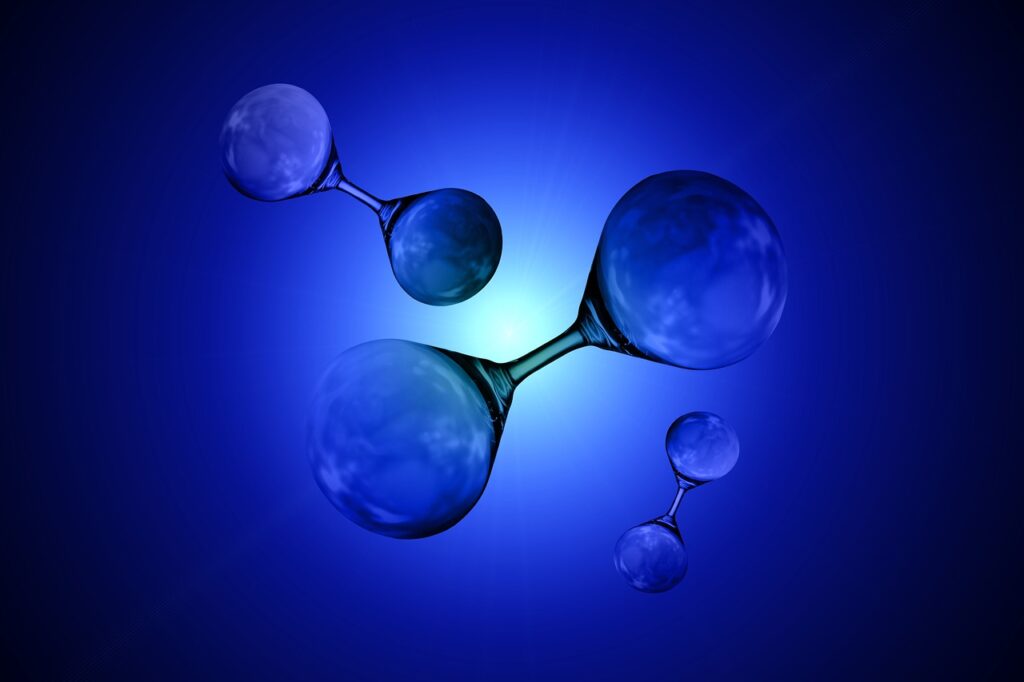Victoria has approved its first commercial-scale green hydrogen facility, marking a decisive step toward decarbonising hard-to-abate sectors. Energys Australia, in partnership with Coregas Pty Ltd, secured planning consent for a 1 MW electrolyser project in Hastings, set to begin operations in July 2025.
The project will supply up to 425 kilograms of green hydrogen daily—targeting fleet operators, heavy transport, marine, and industrial clients that lack viable electrification alternatives.
The plant will use a Proton Exchange Membrane (PEM) electrolyser powered by surplus renewable electricity from the grid. Though modest in size, its infrastructure is built for scalability and practical deployment, rather than demonstration. Unlike pilot projects that have dominated Australia’s hydrogen landscape, this facility is market-driven from the outset. Coregas will oversee hydrogen compression, liquefaction, and distribution, while Energys integrates the fuel into its own hydrogen-powered systems, anchoring early market demand.
Location selection reflects strategic intent. Hastings, a coastal town south of Melbourne, sits within a key industrial and logistics corridor and adjacent to existing energy and port infrastructure. Its positioning enables cost-effective distribution to commercial end-users and lays the groundwork for potential export links should demand warrant future scaling.
The Victorian Government contributed AU$1 million through its Renewable Hydrogen Commercialisation Pathways Fund to de-risk the investment. The policy landscape has been a critical enabler. Victoria’s Hydrogen Investment Program and broader renewable energy transition strategy position the state as a hub for green molecules, not just electrons. Hastings is an early test case in how these policies can translate to commercial delivery.
Global players may also join. While undisclosed, U.S.-based Plug Power has been linked to the project, likely supplying electrolyser technology or systems integration expertise. This follows a broader trend of foreign firms leveraging Australian projects to validate equipment in real-world operating conditions.
Importantly, this facility offers a localised supply of green hydrogen for use cases often overlooked in national-scale modelling. Industrial heat, off-grid backup power, and logistics operators require fuel that mirrors diesel’s flexibility and energy density. The Hastings site offers a pathway to decarbonise these niches without major infrastructure overhauls. Moreover, early output data and customer use patterns will feed into Australia’s Net Zero 2050 roadmap, addressing the current evidence gap around cost, performance, and scalability in commercial applications.
Stay updated on the latest in energy! Follow us on LinkedIn, Facebook, and X for real-time news and insights. Don’t miss out on exclusive interviews and webinars—subscribe to our YouTube channel today! Join our community and be part of the conversation shaping the future of energy.





